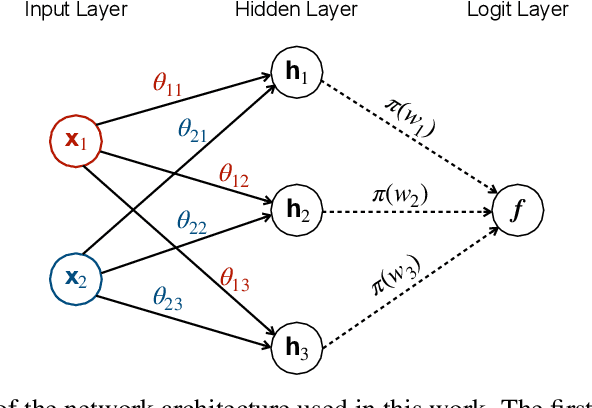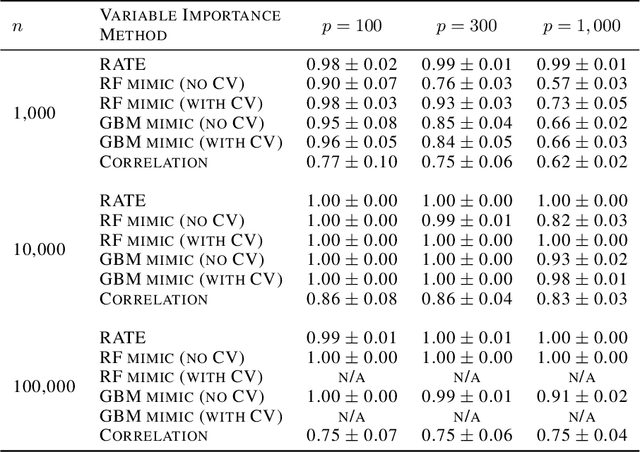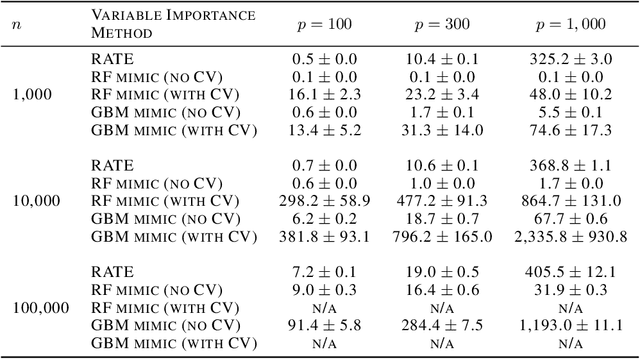Dana Udwin
CaTE Data Curation for Trustworthy AI
Aug 20, 2025Abstract:This report provides practical guidance to teams designing or developing AI-enabled systems for how to promote trustworthiness during the data curation phase of development. In this report, the authors first define data, the data curation phase, and trustworthiness. We then describe a series of steps that the development team, especially data scientists, can take to build a trustworthy AI-enabled system. We enumerate the sequence of core steps and trace parallel paths where alternatives exist. The descriptions of these steps include strengths, weaknesses, preconditions, outcomes, and relevant open-source software tool implementations. In total, this report is a synthesis of data curation tools and approaches from relevant academic literature, and our goal is to equip readers with a diverse yet coherent set of practices for improving AI trustworthiness.
Interpreting Deep Neural Networks Through Variable Importance
Jan 28, 2019



Abstract:While the success of deep neural networks (DNNs) is well-established across a variety of domains, our ability to explain and interpret these methods is limited. Unlike previously proposed local methods which try to explain particular classification decisions, we focus on global interpretability and ask a universally applicable question: given a trained model, which features are the most important? In the context of neural networks, a feature is rarely important on its own, so our strategy is specifically designed to leverage partial covariance structures and incorporate variable dependence into feature ranking. Our methodological contributions in this paper are two-fold. First, we propose an effect size analogue for DNNs that is appropriate for applications with highly collinear predictors (ubiquitous in computer vision). Second, we extend the recently proposed "RelATive cEntrality" (RATE) measure (Crawford et al., 2019) to the Bayesian deep learning setting. RATE applies an information theoretic criterion to the posterior distribution of effect sizes to assess feature significance. We apply our framework to three broad application areas: computer vision, natural language processing, and social science.
 Add to Chrome
Add to Chrome Add to Firefox
Add to Firefox Add to Edge
Add to Edge